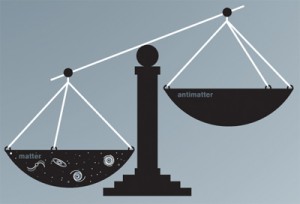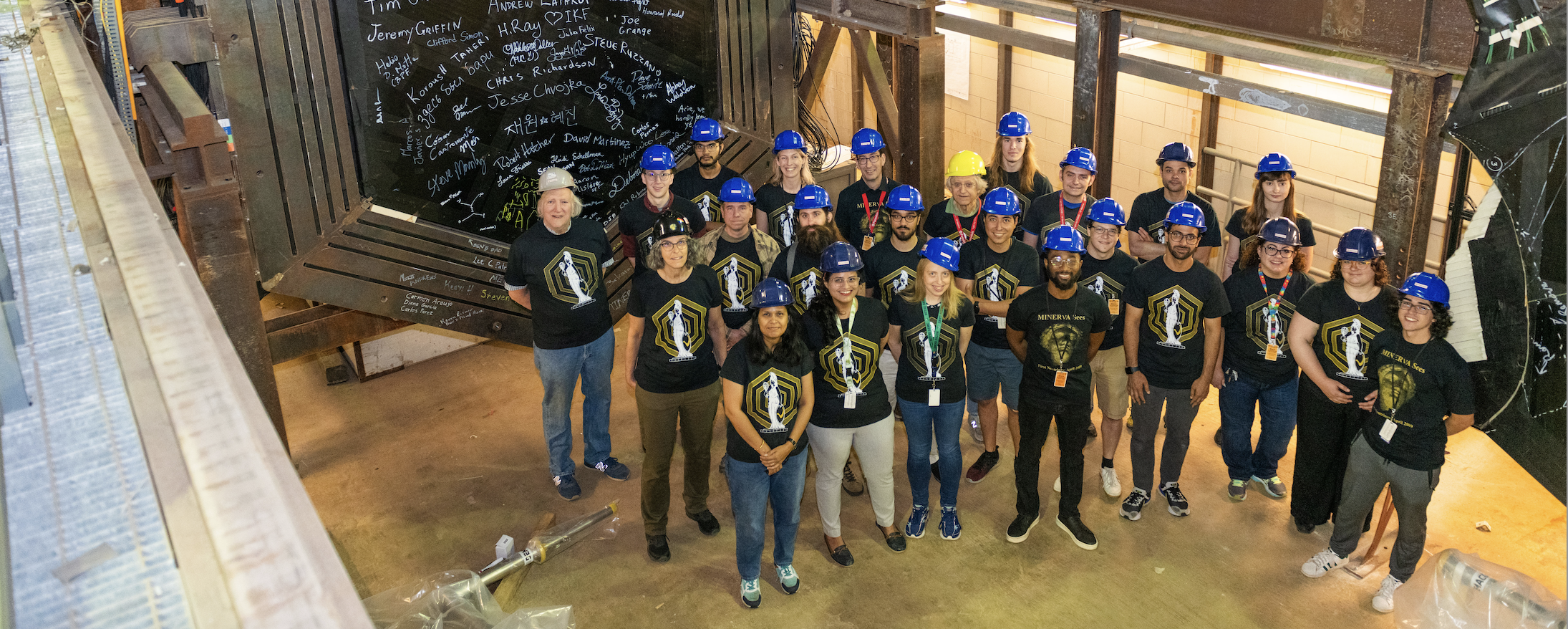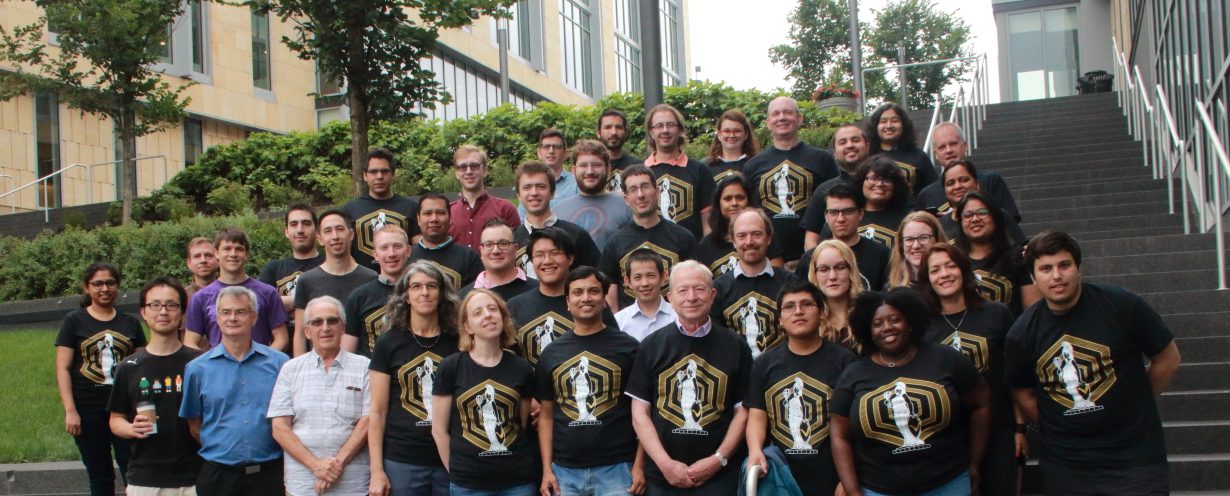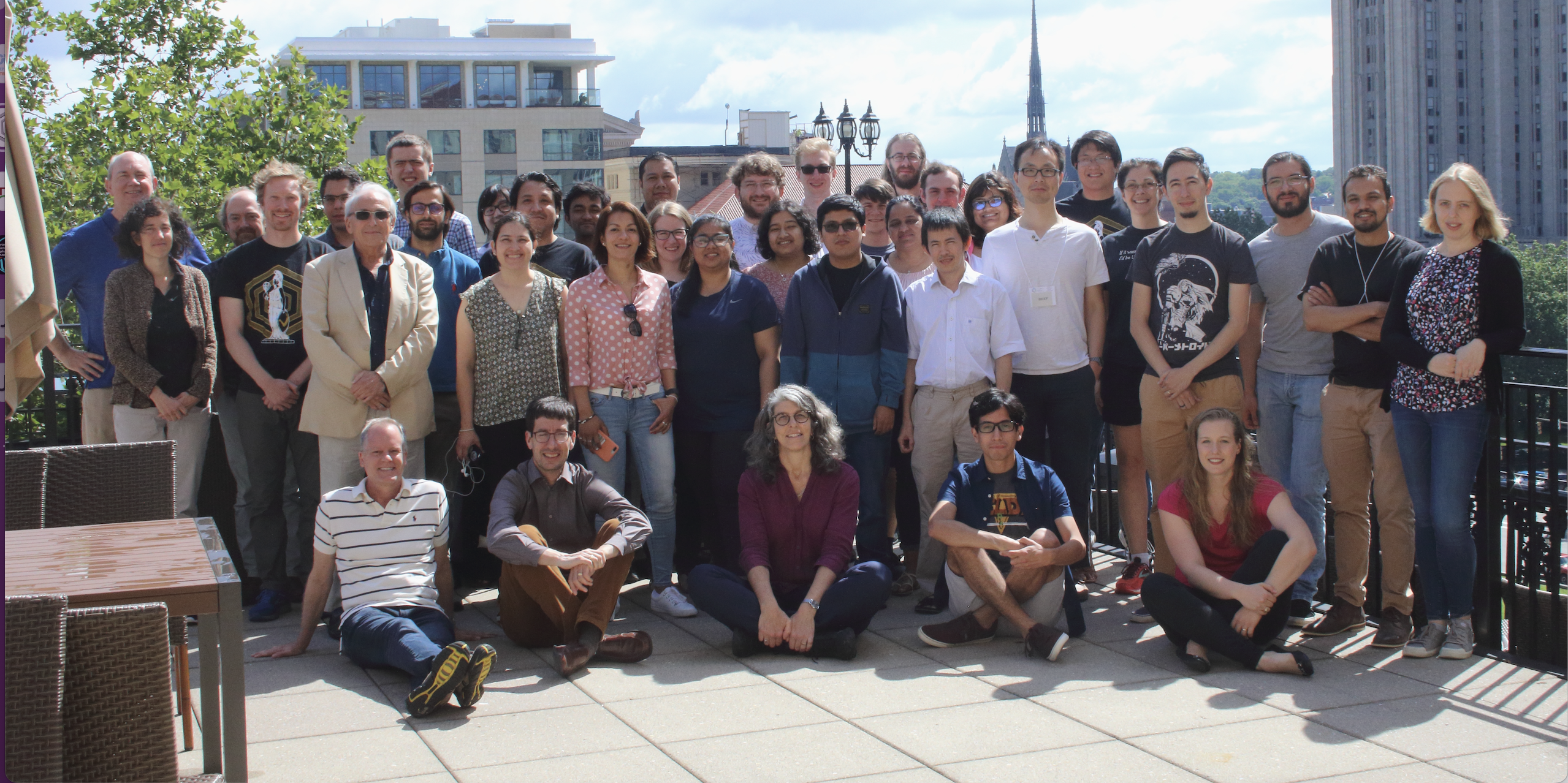Neutrinos are by far the most abundant particles in the universe. About 100 trillion neutrinos pass through your body every second without interacting with any of the particles in your body. You never notice them. The combination of that ghostly presence and the important role neutrinos play in the universe captivates physicists.
Neutrinos play a role in many fundamental aspects of our lives; they are produced in nuclear fusion processes that power the sun and stars, they are produced in radioactive decays that provide a source of heat inside our planet, and they are produced in nuclear reactors. Neutrinos are believed to be a vital ingredient in a star’s supernova process. These explosions spread heavy elements throughout space, elements that are needed to create the universe we live in. Neutrinos also provide a tool to study the structure of nucleons (protons and neutrinos), to learn how matter evolved from simple particles into more complex composites of particles, creating everything around us.
Before physicists can answer these questions and understand better the role neutrinos play in the evolution of our universe, they need to better understand how neutrinos interact with other particles. Experiments such as MINERvA are being conducted to precisely characterize different types of neutrino interactions, and to study the physical processes that govern these interactions.
MINERvA’s data will be of great use to neutrino experiments such as MINOS, NOvA and LBNE that study how neutrinos oscillate, or change types. By offering a more detailed explanation of how neutrinos interact in a detector, these experiments can measure the details of neutrino oscillations with high precision.
Through the combination of data from low-energy and high-energy neutrino experiments, physicists can get a more complete picture of how neutrinos behave and their role in our universe.

Completely unknown in the macroscopic world, neutrino oscillations are a quantum effect. They are equivalent to a sports car changing into a minivan or a bus, and then, many miles farther down the road, reappearing as a sports car. (Credit: symmetry magazine)

About 100 trillion neutrinos pass through you body every second without interacting with the other particles in your body. You never notice they are there. It is exactly this ghostly presence of neutrinos and their surprisingly important role in the universe that intrigues physicists. (Credit: symmetry magazine)

The Big Bang produced equal amounts of matter and antimatter. When matter and antimatter annihilated, some tiny asymmetry in the early universe allowed matter to dominate antimatter, producing our universe, which is made entirely of matter. Were neutrinos involved in the asymmetry? (Credit: symmetry magazine)








